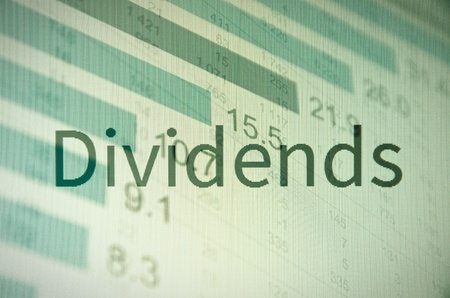The tax man has published guidance about the new tax-free dividend allowance that will replace the current dividend tax credit in April 2016.
The headline is shareholders will not have any income tax to pay on the first £5,000 of dividend income, regardless of how much income they have from other sources.
The allowance covers anyone receiving dividend income.
Hidden in the detail is this means basic rate taxpayers will now pay income tax at 7.5% on any dividend income they receive above the £5,000 threshold.
For 40% taxpayers, the rate is 32.5% and for additional rate taxpayers, the rate is 38.1%.
HM Revenue & Customs (HMRC) says only shareholders receiving ‘significant’ dividend income will pay more tax due to the rule change.
Dividends on shares held in pensions and ISAs will stay tax-free, so effectively the tax change affects shareholders receiving dividends direct from companies – including contractors and freelancers with a personal service company whose income comprises mainly dividends.
How the dividend allowance works
Shareholders do not receive an extra personal allowance as the dividend allowance is only triggered when a dividend is received.
Income tax is paid on the amount above £5,000, and as dividend income is added to other income to work out tax bandings, large amounts of dividend income can push a shareholder into a higher tax band.
Here are some examples to show how the dividend allowance works based on the assumptions the taxpayer has a personal allowance of £11,000, has a £32,000 basic rate income limit and does not pay higher rate tax until total income is more than £43,000.
- Dividends less than £5,000 – no tax to pay for any taxpayer
- Dividends of more than £5,000 paid to a pension or ISA – no tax to pay for any taxpayer
- Other income of £8,000 and dividend income of £40,000 – The £8,000 is covered by the personal allowance and is tax free, leaving £3,000 before basic rate tax is paid.
The dividend allowance covers this £3,000, so no tax is paid on these dividends.
Next, the remaining £2,000 of dividend allowance is applied, leaving £30,000 of dividend income taxed at 7.5% and £5,000 at the higher rate (32.5%).
The tax bill is:
£30,000 x 7.5% = £2,250
Plus
£5,000 x 32.5% = £1,625
Making a total of £3,875
Tax hike for basic rate taxpayers
The dividend allowance really affects basic rate taxpayers who paid no previously paid no income tax on dividends.
Shareholders working for companies with large amounts of cash in the bank need to consider whether they should take this money as a dividend before the rules change.
